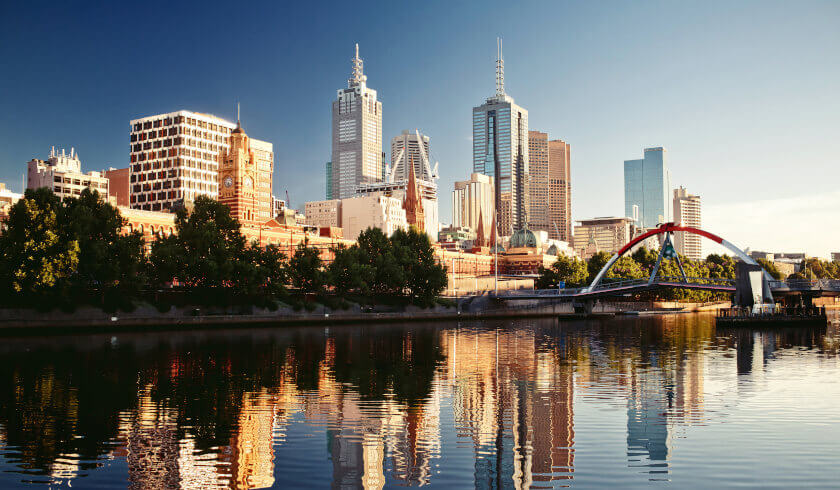Melbourne property set to ‘overperform’ post-pandemic
Once Australia’s fastest-growing city, Melbourne saw an unprecedented decline as it was hit hardest by the COVID-19 outbreak. Still, history suggests that the Victorian capital could make an exceptional rebound after the dust settles.

The Melbourne property market has been more deeply affected by the pandemic compared with other capital cities, particularly during stage 4 restrictions when in-person inspections of homes for sale were banned and all real estate offices had to close from early August for an extended period.
However, as Australia’s most liveable city and no. 1 growth economy in FY19, Melbourne is well equipped to manage the coronavirus storm, according to McGrath Real Estate’s latest report.
Based on historical trends, the Victorian capital is likely to bounce back strongly, with CoreLogic highlighting a “substantial overperformance from Melbourne during the post-GFC stimulus-fueled growth phase”.
Gains and losses
Prior to the pandemic, Melbourne has had a great run, with home values recovering rapidly from their floor in May 2019 to just shy of their record 2017 high by Christmas 2019.
When the pandemic broke out, Victoria saw the largest job losses and was more affected by the international border closure and the fall in overseas migration. In FY19, almost four in 10 migrants or 77,369 people chose to settle in Melbourne, so the temporary pause on immigration had an immediate impact, particularly on rental values.
Further losses in home values of -1.2 per cent in August and -0.9 per cent in September reflected the impact of the second wave and lockdown.
Still, despite COVID-19’s dampening effect, the city still recorded impressive results for FY20, with median prices up 10.6 per cent for houses to $802,551 and 9.3 per cent for apartments to $575,009.
“As Australia’s worst affected city, coronavirus has ravaged Melbourne, but when it is over, this southern star will easily resume its place as one of the world’s most desirable and aspirational lifestyle centres, with a bright future and great liveability once again,” according to McGrath.
For city dwellers, Melbourne’s streetscape has undergone significant change in the past decade with 12,630 new dwellings added to the CBD – the equivalent of Adelaide CBD’s entire housing stock, the report highlighted.
“The popularity of inner-city apartments has been fuelled by surging city-based employment opportunities and population growth, while residents have valued the convenience, comparative affordability to houses and reduced travel time to work.”
Melbourne initially experienced a small but more rapid decline in home values due to the virus, with a -3.2 per cent dip over the three months to 31 July 31 2020 compared with -2.1 per cent in Sydney and -0.9 per cent in Brisbane.
However, CoreLogic research shows that it is normal for Melbourne to experience bigger price gains and falls than Sydney, so this was an unsurprising trend.
Regional Victoria has shown more resilience with just an -0.8 per cent fall in home values in the three months to 31 July 2020. There was a further fall of -0.5 per cent in August and prices were stable in September.
McGrath Real Estate’s founder and executive director, John McGrath, said: “I think there’s every chance that a small, short-term correction might land for six to 12 months – something in the order of 5 per cent.”
“But the most in-demand markets that offer people what they want are about to take off again.”
“With interest rates approaching zero and many owners having deleveraged in the past few years, I envisage increases in well-located prime residential real estate in major cities and regional lifestyle areas, that is, anywhere near surf, waterways or lots of trees within 90 minutes of the big East Coast cities,” he concluded.
